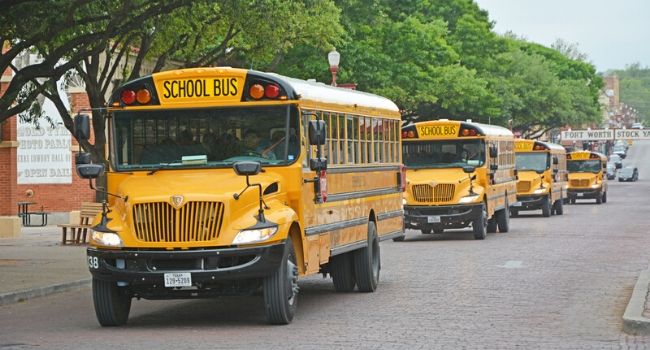
Safety Groups Push For Legislation Increasing Oversight On Alcohol, Drug Use by School Bus Drivers
After an investigation found that there is little policy in place to prevent bus drivers from driving while under the influence, advocates are pushing for legislative action.
- By Haley Samsel
- February 17, 2020
Safety advocacy groups are pushing state and federal governments to implement policies that would prevent school bus drivers from being drunk or on drugs while driving, putting students’ lives in danger.
An investigation by the news outlet Stateline found that since 2015, at least 118 school bus drivers in 38 states have been caught for being impaired while driving. Those drivers were responsible for more than 1,620 students cumulatively, according to Stateline’s analysis.
The issues discovered by Stateline were abundant. No state or federal agencies appear to track cases of impaired bus drivers, and many cannot provide data on how many drivers have failed random drug or alcohol tests. At least 260 drivers in five states failed or refused testing since 2015.
In response, the National Safety Council and Advocates for Highway and Auto Safety are calling for alcohol detection systems in school buses and more oversight of drug and alcohol testing. The NSC, a prominent safety group focused on reducing preventable deaths in the workplace and on the roads, said the report’s finding were “unacceptable.”
“This report is like a canary in the coal mine. You have to respond,” Maureen Vogel, the council’s spokeswoman, told Stateline. “It’s up to us to make sure there is a coordinated response. The council takes this very seriously.”
Some of those efforts include legislation requiring districts to install ignition interlock systems to prevent drivers from operating the vehicle if their blood alcohol concentration level is above the legal limit.
There are also plans to push for policies banning drivers from drinking alcohol at least eight hours before driving. Regulations already in place under federal law instruct drivers not to drink within four hours of driving and set the required limit for commercial drivers at 0.04 percent.
Advocates for Highway and Auto Safety are hoping that school buses will be included on a bipartisan bill requiring new vehicles to be equipped with passive alcohol detection software, meant to automatically detect if someone is intoxicated by their breath or touch.
“If we get this technology into school buses, there would be an added sense of security for parents that their children would be protected,” Cathy Chase, the group’s president, told Stateline.
In a statement, the NSC said it applauded a move by the Federal Motor Carrier Safety Administration to establish a national clearinghouse to collect information on drivers who incur alcohol or drug-related violations. The council also voiced its support for all newly manufactured buses to install three-point seat belts on each seat.
“School buses remain the safest way to transport children to and from school,” the statement read. “They can be even safer, however, by ensuring all operators are fit to drive.”
About the Author
Haley Samsel is an Associate Content Editor for the Infrastructure Solutions Group at 1105 Media.